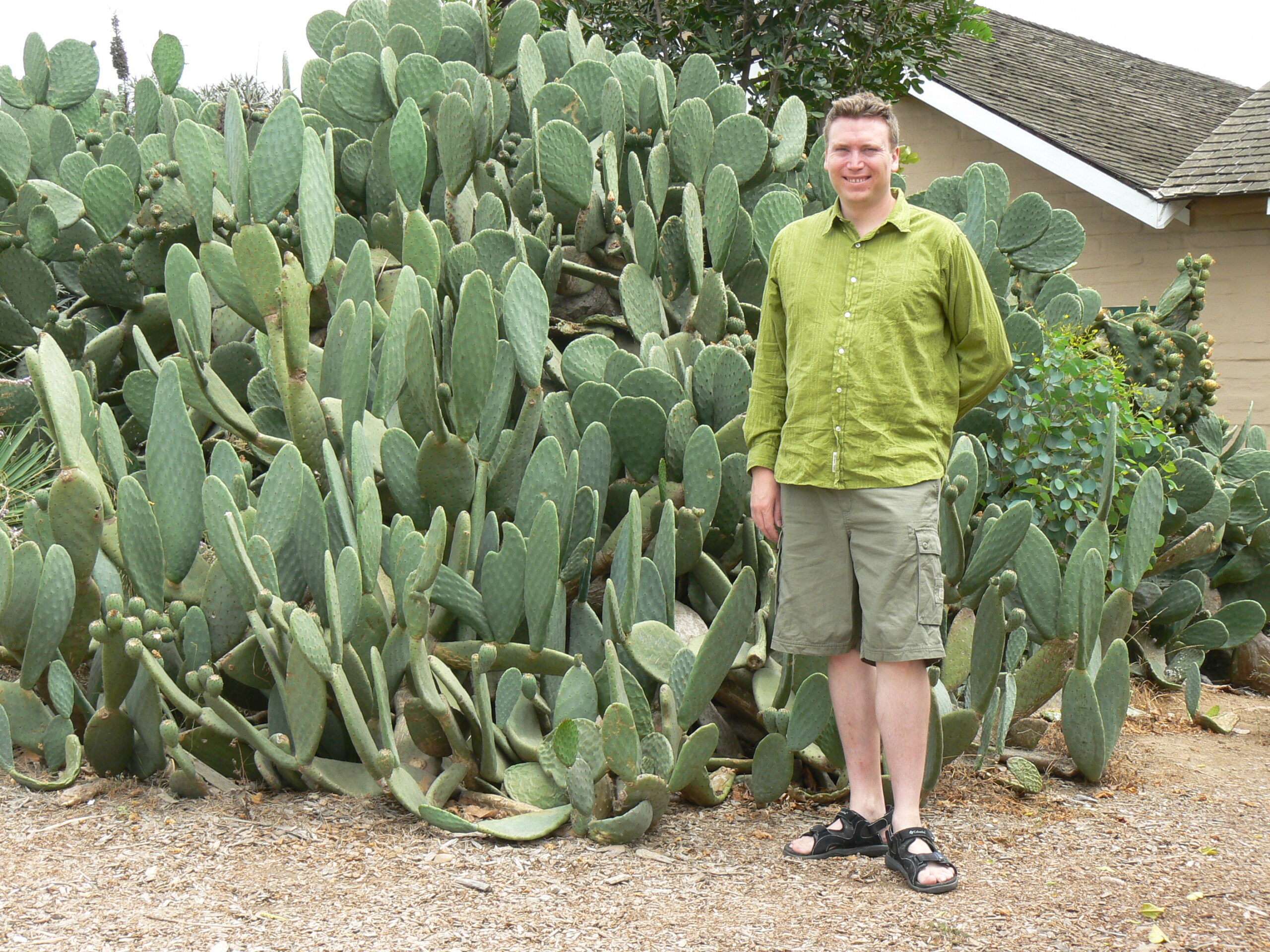With the fourth wave of the pandemic continuing to gather steam, I cautiously squeezed in one more backyard tasting with my double-vaxxed friends in recognition of the 12th annual International Grenache Day on September 17, with each person bringing a bottle of their favourite example of the wine.
For those not familiar with this varietal, Grenache is a bit of an unsung hero in the world of wine. The true origins of this ancient grape varietal are believed to be from the medieval Kingdom of Aragon, now part of modern-day Spain. In its native homeland of northern Spain, the grape is referred to as Garnacha, but the rest of the world uses the French spelling of Grenache.
Oddly, even the Spanish-speaking New World wine countries like Argentina tend to use the French spelling of Grenache, likely because international consumers are more familiar with that spelling.
The grape varietal spread throughout the many kingdoms of Europe, and thrived particularly well in the Rhône Valley of France.
While the Grenache grape is well known to winemakers, it appears most often as part of a blended wine, so it is not always obvious to the consumer that they have Grenache in their glass.
The unobtrusive nature of Grenache is compounded by the tendency of old world wine producers like France to label their bottles with the region or location the wine was produced in, rather than the type of grape in the bottle.
For example, the famed Châteauneuf-du-Pape wine region in France has up to 80% Grenache in their wines, but you would never know it from looking at the label.
When used for blending, Grenache can add body and alcohol content to light bodied wines. This makes for a fairly easy-drinking wine, and not as intimidating to novice wine drinkers as a highly tannic Cab Sauv.
The high sugar content and low amount of tannins make for a fairly dull wine if taken alone, but those same attributes make Grenache attractive for producing fortified or port-styled wines with added grape brandy.
The wine is particularly fruit-forward, with notes of rich raspberry while the wine is young, maturing into a spicier black currant and fig flavor as the wine ages.
Unfortunately, Grenache does not age as well as other wines, as it tends to oxidise in the bottle. So, if you do put a bottle in your cellar, take it out and drink it within a few years.
Outside of Spain and France, Grenache has found great success in California and Australia, both of which have the hot and dry climates preferred by the grape.
Due to its vigorous growth and high alcohol content, Californian Grenache was first used for so-called jug wine, the cheap table wines traditionally sold in gallon jugs with generic labels.
As the Californian wine industry matured, winemakers found they could produce a more full-bodied and flavorful Grenache by aggressively pruning the vines to reduce the yields.
Controlling the harvest yields led to higher quality, and Grenache eventually was able to shed its bargain basement reputation for something more upscale.
Taking a look at wines from Down Under, Grenache was the most widely planted grape in Australia for nearly 200 years, finally being surpassed by Shiraz in the 1960’s as consumer preferences moved to drier wines.
Australia still produces some of the world’s best Grenache, but is usually blended with other varietals for a more balanced wine.
Grenache is rare in Canada, as our climate just doesn’t get hot enough for the grape to fully ripen. Fortunately, there are a few plucky winemakers in the southern end of the Okanagan Valley of BC that get just enough warmth in the growing season for Grenache to thrive.
The first Okanagan winery to bottle a single-varietal Grenache was Stag’s Hollow, thanks to a particularly warm growing season in 2012, producing a much larger harvest than expected. A few other adventurous winemakers in the region followed suit, although most grow Grenache as a blending grape for other varietals. My favourite is the GSM (Grenache Syrah Mourvedre) blend from Bartier Bros, located just down the road from Stag’s Hollow. At $42, this is not an everyday drinker, but something I bring out for special occasions.
For more reasonably priced daily drinkers, I lean towards the Spanish Garnacha wines, as winemakers of Spain typically age their wine in oak barrels for longer than their French counterparts, making Spanish wines a tremendous value at a given price point. Look for one at your friendly neighbourhood bottle shop and see for yourself!






